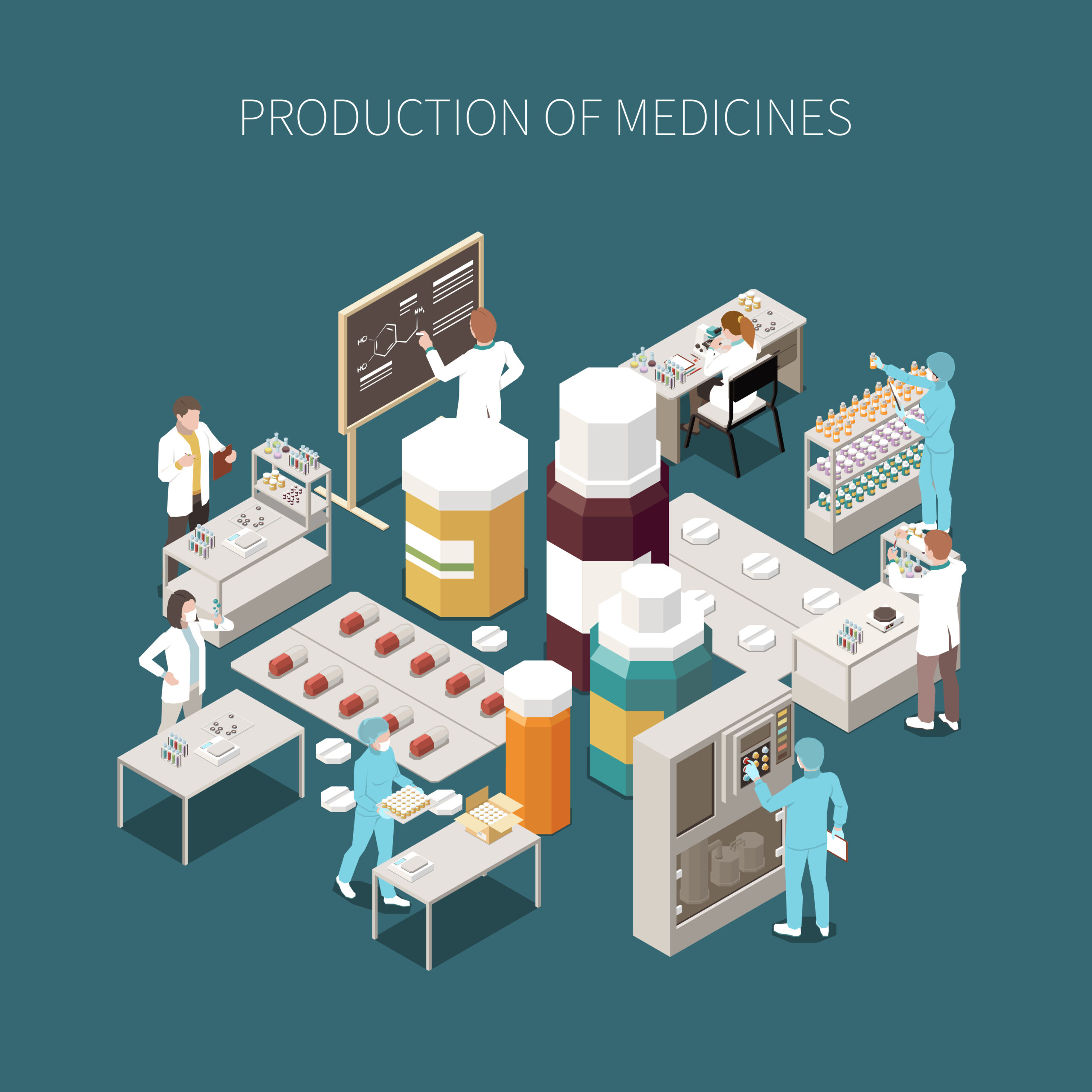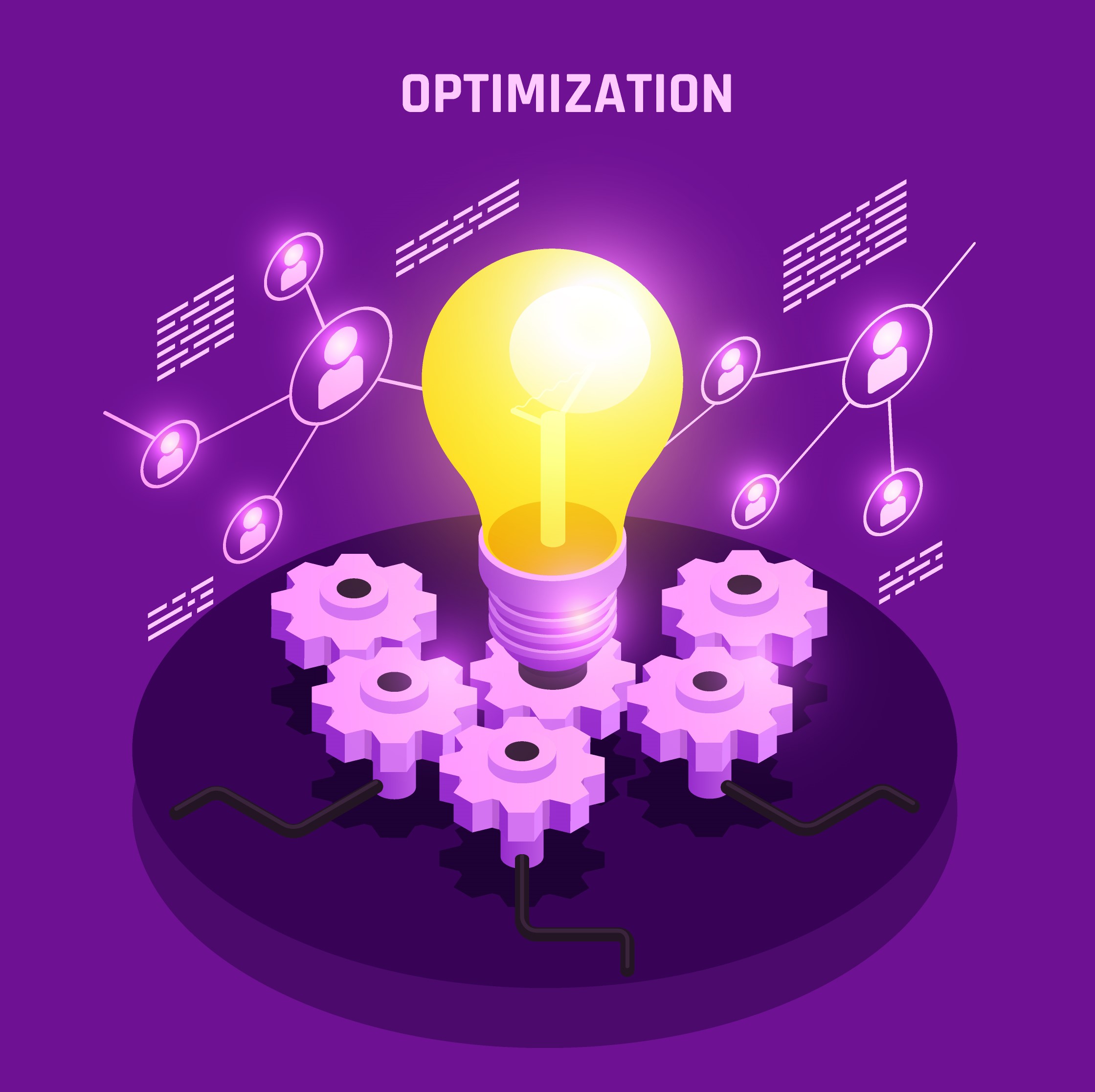Within an Industrial Operation, we have several resources available for the transformation of materials into finished products, among them are the machines and equipment of the process, the direct labor of production and all the necessary infrastructure to support this operation, step by step (which we can call them production rooms, as we mentioned in previous articles).
Machines are resources absorbed only by the products that use them, in the same way, Direct Labor is a resource that is also absorbed and apportioned by the products in proportion to their use.
Within the infrastructure, we include a variety of areas such as: maintenance, quality control laboratory, quality system, purchasing, production planning and control, warehouses, utilities, projects, administrative areas, among others, whose costs will be apportioned and allocated to the produced products.
The resources included as “Infrastructure” are absorbed by the products produced in a given period, according to the apportionment criteria defined by each company, according to their nature and their use in the type of existing operation, which may vary from company to company. In any case, the apportionment keys in the vast majority of companies must be linked to machine hours or man hours, according to the criterion established by the company and that translates the variable that best suits the production process of this company.
Best exemplifying the concept, “apportionment key” for a company with processes that are highly dependent on manpower and with not very advanced and automated technology, allocating infrastructure costs to the MOD seems to be the most indicated, on the other hand, in a company with little MOD and high technology, the apportionment key could be proportional to the technology embedded in each production room, for example, proportional to the investments made in each area.
An operation with dozens of stages or production rooms, hundreds of operators as direct labor, with each product and its specific production process (ROTAS), absorbing the times of the installed machines in a different way and consequently the labor in each room. becomes a very complex system for the calculations of utilization of these resources.
The complexity of an operation such as the one exposed above creates difficulties in defining the most appropriate apportionment keys, which consequently allow more reliable analysis of the results and competitiveness of each product produced. Therefore, how to visualize how such resources are being used, or in other words, how to know if we are using them properly or even, how much of these resources are we wasting for not having the correct information about their uses?
If at this point we all agree that the correct management of these resources is the management of productivity and, as Edward Deming said around 1950, that we can only manage competently and reliably what we measure with a good level of precision (accuracy) is It is fundamental to measure the use of these resources in a systemic way, understanding the factory as an organism.
In our proposal, we understand how useful or even necessary to have tools that facilitate these studies, among them, we propose to place the entire operation in a virtual environment, so that we can visualize, test changes, verify alternatives and study the following topics:
• The utilization rate of each production room during the established period.
– In this topic, we analyze the use of the “machines” resource, since the depreciation will be being accounted for by the company anyway.
• Number of hours of MOD or equivalent manpower (man hours), which is synonymous with the need for direct labor. Very important in this topic is the calculation and visualization of the so-called idle labor.
– In this topic, we analyze the use of the direct labor resource in production.
• Fixed cost hourly rate which is an indicator of the absorption level of all infrastructure costs.
– In this topic, we define a Standard with the bases established by the company and we can analyze variations of the type: if this rate goes up, it means that we are making the products more expensive, that is, allocating a lot of fixed cost to that production volume. If the rate drops, it means that we are absorbing more fixed costs than we had planned, in other words, the infrastructure is supporting a higher production volume than had been budgeted, which would be very positive.
CONCLUSION:
What we seek to show here is that with adequate tools and with a good knowledge of the variables involved in the production process, it is possible to measure how we are using the available resources and, consequently, to better manage productivity, understand the impacts of changes and necessary improvements and increase a company's profitability and competitiveness.
Adopting a simulation system like SimulaFarma can, in addition to greatly facilitating the work and the correct visualization of the variables in your production process, can bring you a great competitive advantage in your administration and performance improvement.
Our articles are purposely “provocative” to generate a reflection of the reader, but they do not intend nor do they have the presumption to give all the answers to the problems, only to give a direction or a more systemic way to identify and face the usual problems that every administrator of Industrial Operations is faced daily.
PGI Farma has experience and know-how in the implementation of its own and specific tools for administration and performance improvement in Industrial Operations in several large companies and offers implementation services to companies that want to improve costs, increase productivity and optimize their stages of production process.
Contact us for a technical conversation and assessment of your needs and opportunities.
By Izidoro Vignola and Roberto Darienzo

Una de las mayores presiones sobre el personal de Planificación (PCP) y Cadena d...
→ Leia mais...
Todo proyecto comienza y se basa en un documento muy importante que llamamos "Re...
→ Leia mais...
Para hablar de planes de gestión, absorción o producción de recursos, recordem
→ Leia mais...